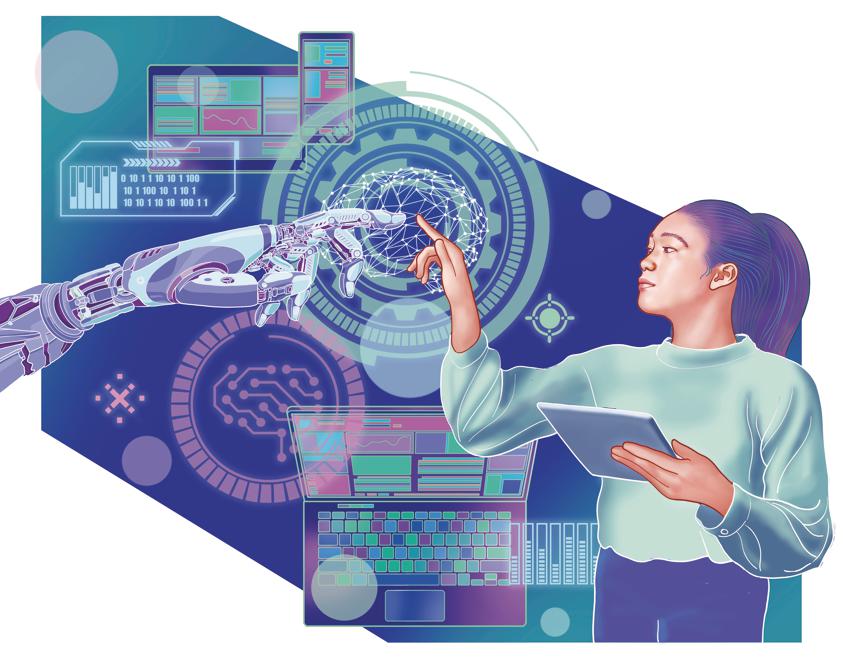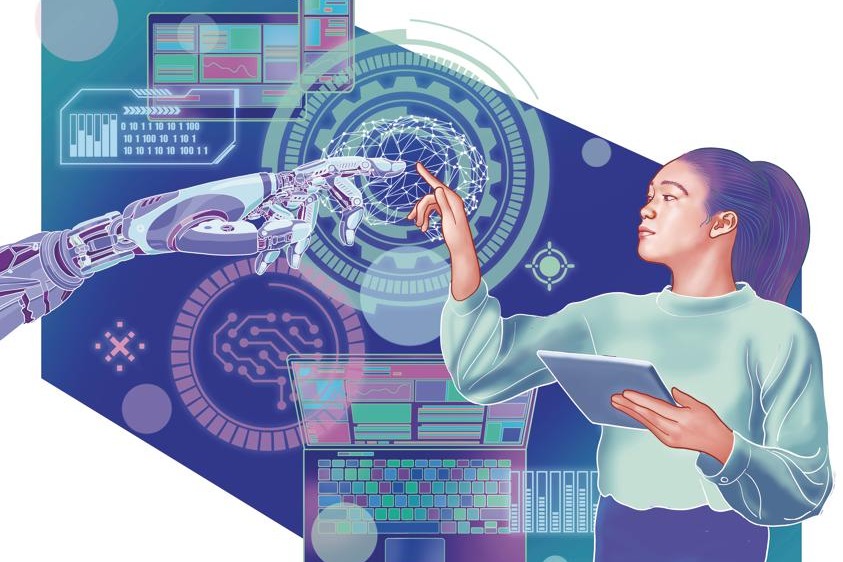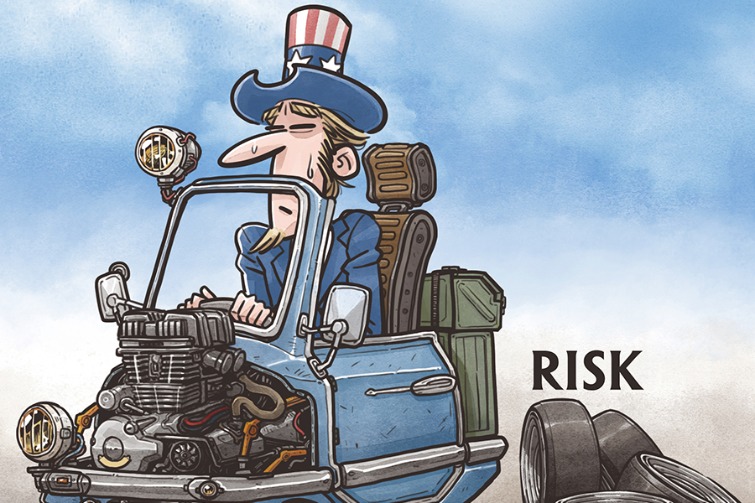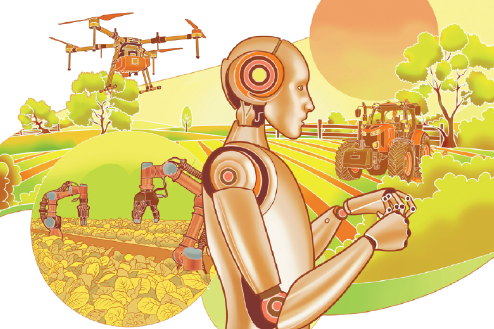Toward industrial artificial intelligence


The meteoric rise of artificial intelligence since the beginning of this century marks a new era in science and technology revolution, a turning point in history, where the production and application of knowledge are no longer the privilege of humans.
However, despite the impressive achievements, which led to the emergence of generative AI, a lucid analysis of the situation leads us to conclude that AI is still in its infancy; it is currently focused on assistants, such as ChatGPT, which operate in question-answer mode.
These systems are considered "black boxes", and their properties cannot be thoroughly understood and guaranteed to the same level as the properties of traditional information and telecommunications technology systems. Since AI only gives us building blocks, the question that arises is: How do we use them to create intelligent systems to achieve human-level intelligence?
There are many fields of application in science, services and industry where the use of AI remains marginal. These areas need increased automation, reliability and modes of interaction other than conversational.
We need systems capable of analyzing complex phenomena, and understanding their dynamics and properties in scientific fields, ranging from medicine and life sciences to climate and universe sciences. Most important, we need to develop autonomous systems for various industrial applications, as foreseen by the internet of things, such as autonomous transport systems, smart grids, intelligent factories and farms, and autonomous communication systems.
Autonomous systems can be considered as the ultimate stage in the development of AI. They are composed of agents, each pursuing its own specific goals while cooperating to achieve global goals of the systems they are part of. Current AI technologies are far from sufficient, as demonstrated by the setbacks to the autonomous car industry, an emblematic case illustrating the scale of the autonomy challenge.
The promise of fully autonomous cars before 2020, despite substantial investment, did not come true.
All the signs are that AI has reached a plateau and that its use for and impact on the real economy are yet to come. This is due to factors such as insufficient reliability of current technologies, but also to the strategy of Big Tech, which prioritizes the adoption of conversational technologies by the general public. Big Tech is engaged in a frantic race, relying on a questionable brute force approach, which assumes current solutions are enough to achieve human-level intelligence, and that it is mainly a question of size. They are thus pushing for gigantism, which requires colossal investments in high-energy-consuming infrastructure.
This strategy aims at occupying the field through a blitzkrieg and eliminating competing companies, or even countries, that do not have the same investment capacity. But everything indicates this strategy also involves serious economic risks. More and more voices are being raised to warn against the imbalance between the volume of investments and their yield, to the point that some fear the bursting of a financial bubble.
Adding to these problems is the lack of agreement on a global regulatory framework to control the risks associated with AI products, which is a serious obstacle to the use of AI in critical decision-making processes. Safe AI is a global concern and has been the subject of activities organized by the United Nations, as well as a series of global summits held in London, Seoul and, this year, Paris.
Unfortunately, there is still no consensus on a concrete and realistic global regulatory framework, as the positions of the main stakeholders differ on what are the risks associated with the use of AI, what can and should be regulated, and how can it be achieved in practice.
These divergent positions are reflected in particular in the profound disagreement between the European Union and the United States on AI regulation. The EU has adopted a comprehensive regulatory framework, the AI Act, which has adopted a risk management approach to AI systems. Its strict application excludes the use of AI in a large number of "unacceptable risk" and "high risk" applications. In contrast, US regulations are much less restrictive and only include guidelines and recommendations.
In this context, China is well placed to develop a more reliable AI that is better adapted to the needs of the real economy, particularly to achieve the long-awaited transition to autonomous systems. In addition to its strong position in AI, as demonstrated by the recent achievements of DeepSeek, China has a solid industrial base and a unified domestic market, which can provide huge amounts of domain-specific data, enabling the development of cutting-edge industrial AI applications.
China should create its own vision of AI, very different from that of Big Tech. It should create synergy and mobilize a critical mass among the sectors concerned in order to develop specific infrastructure facilities and data platforms that would contribute to the development of trustworthy industrial AI.Its realization should enable China to take the lead in industrial AI, balance the strategic game of AI, and join forces with like-minded countries to regulate AI in a way that reconciles the imperatives of development and safety in the interest of society.
The author is a recipient of the Turing Award (known as the Nobel Prize for Computing) and founder of the Verimag laboratory in Grenoble.
The views don't necessarily reflect those of China Daily.
If you have a specific expertise, or would like to share your thought about our stories, then send us your writings at opinion@chinadaily.com.cn, and comment@chinadaily.com.cn.


































